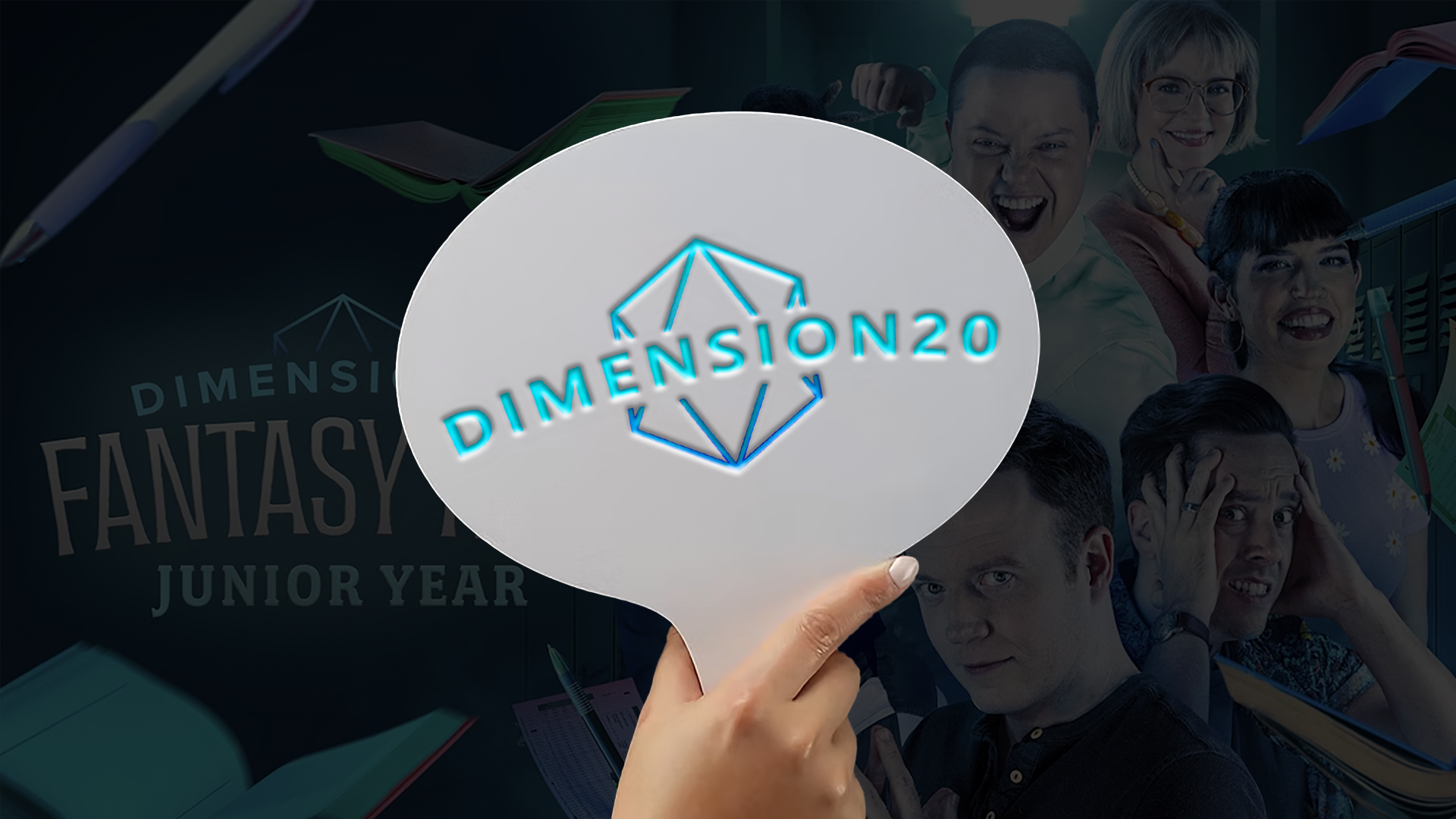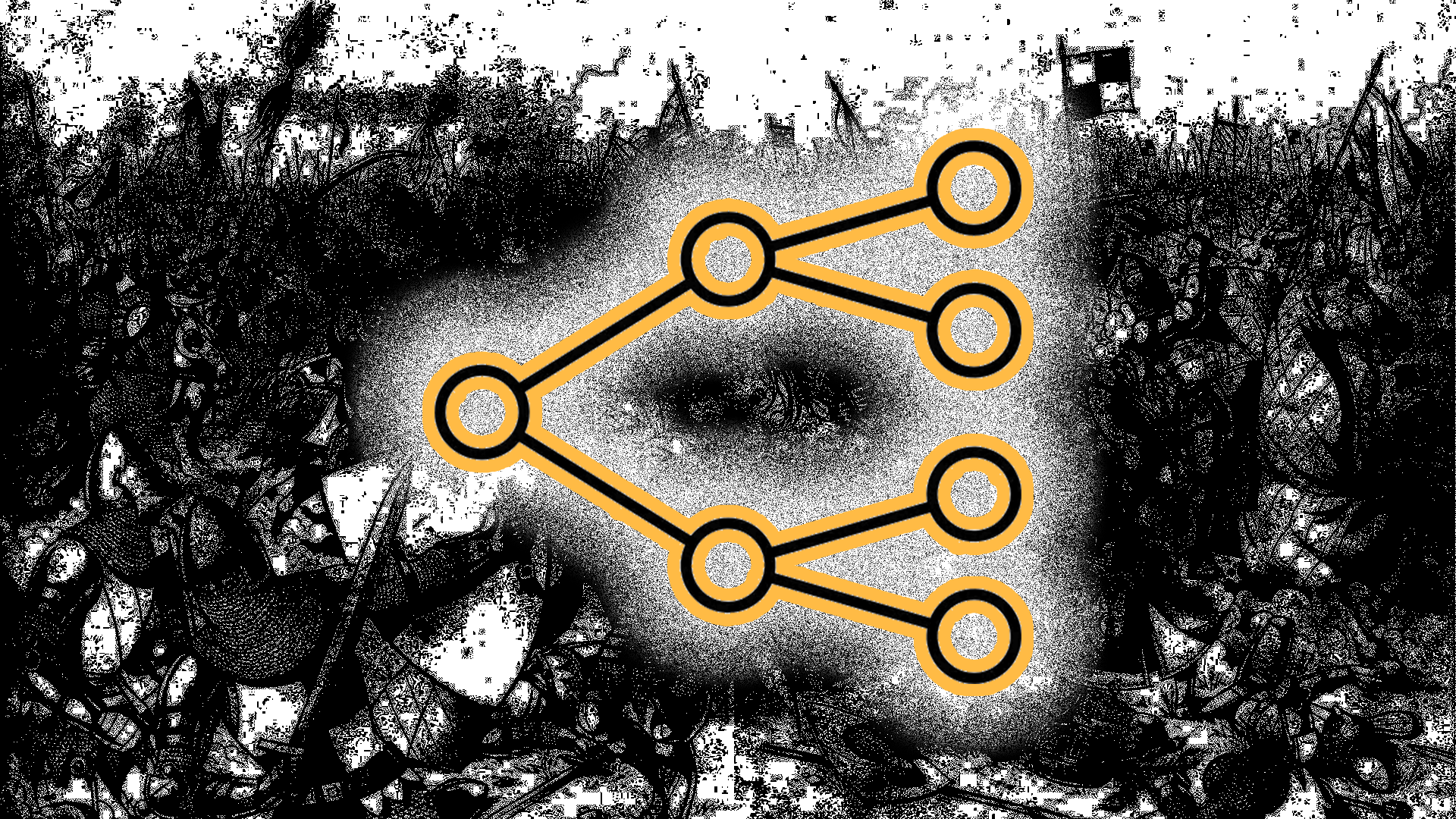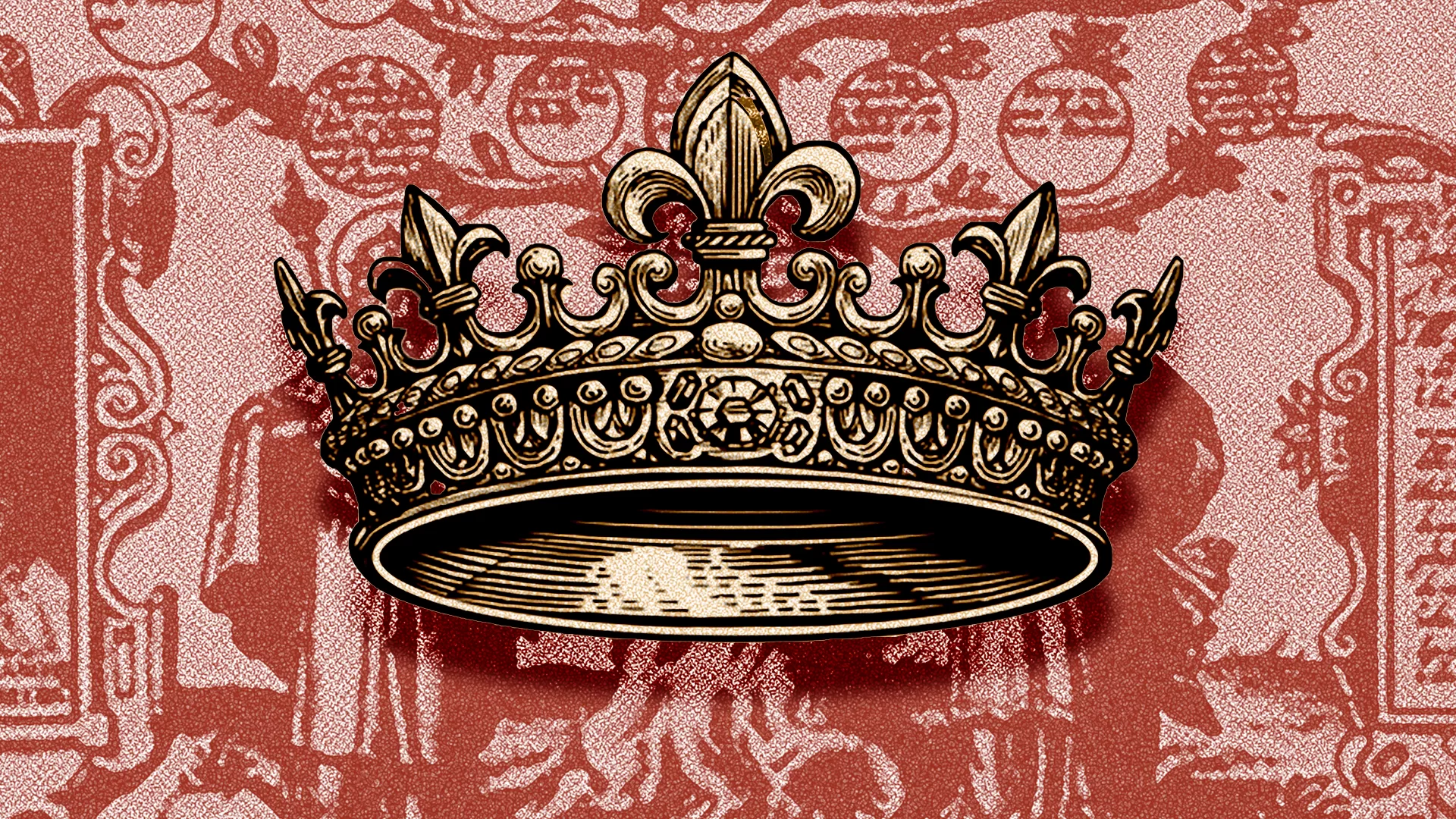Playing Dungeons & Dragons usually involves a single DM guiding a group of players through a shared adventure. However, we think that a campaign with a CO-DM style can create a more interesting, immersive, and memorable story for everyone. This article will go into the details of why this is so and why you should consider a Co-DM approach for your next campaign!

Collaborative World-Building
When multiple DMs come together to shape a campaign, they each bring their own unique perspectives and ideas to the table. For example, one DM might have a passion for crafting intricate political intrigue, while another might excel at designing memorable combat that you and your friends will talk about for years. Together, they can create a world that blends different genres and tones, resulting in a better game.
In Dungeons and Dragons, settings like the Forgotten Realms or Eberron could benefit from this kind of approach. Both were originally shaped by multiple contributors who added their own cultural influences, regional details, and mythologies. A multi-DM campaign can replicate this diversity of thought on a more intimate scale. I would recommend allowing DMs to craft distinct regions, factions, or historical events that reflect their own narrative styles.
Enhanced Depth and Detail
World-building is more than just creating locations on a map; it’s about making those places feel alive. Multiple DMs can add more layers of detail that make the world more immersive.
For instance, if one DM is responsible for a region with a rich magical tradition, they can decide the lore, magical institutions, and other things that provide depth that a single DM might not have time to experiment with. Another DM focusing on a neighboring kingdom might develop its distinct politics and relationship with magic in response to the other DM, leading to complex diplomatic interactions that has everyone invested.
Additionally, DMs can collaboratively establish a campaign “bible” that includes key lore, rules clarifications, and character backstories, providing a reference to keep everyone aligned.
Shared Narrative Control
In single-DM campaigns, players often adapt to the DM’s style and story direction. However, in multi-DM campaigns, narrative control is shared, making the story more unpredictable and fluid. One DM might set up a plot involving a thieves’ guild, while another might introduce an interplanar crisis, forcing players to juggle multiple storylines. As each Co-DM introduces their own twists, players can never be sure where the narrative will go, creating a sense of adventure that isn’t as predictable as some can be.
Complex Interweaving Plot lines
With more than one DM, it becomes easier to manage parallel story arcs that converge. For instance, one DM might lead half the party on a quest to recover a lost artifact, while the other guides the rest of the group in investigating an artifact’s mysterious origins. When the two storylines eventually come together, the players gain a deeper understanding of the plot’s significance and how their actions have shaped events.
In Curse of Strahd, the infamous D&D campaign set in the dark land of Barovia, a multi-DM approach could enrich the game by having one DM focus on the oppressive atmosphere of Castle Ravenloft, while another builds the surrounding villages and wilderness. Players would feel the weight of Strahd’s influence on every corner of the land, experiencing the campaign from different, yet interconnected, perspectives. Find out more about Curse of Strahd in our article What Is Curse Of Strahd? Summary of A Great D&D Module.
Multi-DM campaigns can react to player actions with greater flexibility. If a player decides to take an unexpected path, one DM can adapt the plot on the fly while the other handles ongoing events. This responsiveness adds to the sense of a living world where players’ choices genuinely matter.
Enhanced NPC Interactions
With multiple DMs, NPCs can feel more distinct and lifelike. Each DM can take responsibility for specific NPCs, allowing them to develop unique voices, motivations, and behaviors. For instance, a Co-DM could portray an adventurer with a gruff demeanor, while another brings a greedy merchant to life. The variation in style makes these characters stand out and feel less like the same person wearing different hats.
In the Dragonlance setting, the Companions (a group of adventurers who form the core of the story) benefit from having different perspectives written by multiple authors. This same principle can be applied in a campaign with several DMs, where each DM “voices” different important NPCs to create a broader, more colorful cast.
Managing a large group of players can be difficult for a single DM, especially when it comes to giving each character time to shine. Multiple DMs can divide responsibilities, focusing on different players or groups, ensuring that every character gets their moment in the spotlight. This approach is particularly effective in large campaigns (like West Marches campaigns) where players have diverse backgrounds and goals, allowing for side quests that cater to character development without neglecting the main story.
Every DM has a unique approach to storytelling and role-playing. Some may prefer a descriptive, narrative-driven style, while others enjoy improvisational dialogue. In a multi-DM campaign, players experience a range of styles that can enrich the role-playing experience. A negotiation might feel different depending on which DM is running it—one might emphasize social cues and persuasion, while another focuses on intrigue and deception.
Challenges in when you Co-DM
Communication and Coordination
The success of a multi-DM campaign relies heavily on communication. DMs need to regularly coordinate, discuss story developments, and share updates. This might involve weekly planning meetings or using shared documents to track important information. For example, a campaign “bible” could include timelines, character relationships, and overarching plot threads.
Handling Conflicts
It’s inevitable that DMs will sometimes disagree on the direction of the story or the interpretation of rules. To address this, DMs should establish guidelines for resolving conflicts ahead of time. Having a “lead DM” or rotating “session manager” can help mediate disputes and maintain a cohesive narrative.
Structuring Sessions
When structuring sessions, Co-DMs can divide responsibilities by splitting the party, alternating between DMs each session, or collaborating in real-time with one DM leading and the other assisting. Splitting the party, while traditionally considered risky, is more manageable with multiple DMs who can handle separate groups simultaneously, adding tension and excitement to the narrative. Challenges in multi-DM campaigns often include coordinating storylines and maintaining consistency.
However, groups that establish clear communication, use shared tools (like campaign notes), and embrace flexibility can navigate these issues, creating truly epic narratives that reflect the combined creativity of multiple storytellers.
Examples of Multi-DM Campaigns
In The Adventure Zone popular actual-play podcast, different story arcs are sometimes run by different DMs, each bringing their own style and pacing to the table. This approach has allowed the McElroy family to experiment with genre, tone, and even game systems over their career.
In Conclusion
Collaborative DMing allows for richer storytelling, deeper world-building, and a more fun gameplay experience. It opens up opportunities for DMs to play off each other’s strengths, surprise their players with unexpected twists, and create a campaign that feels like an actual living, breathing world. For groups willing to embrace the challenge, Co-DM campaigns can offer some of the most rewarding stories DnD has to offer.
If you liked this article, we recommend signing up for our newsletter to keep up to date and not miss our next exciting article! If you want to read more about dnd, check out a favorite of ours How “Satanic Panic” Almost Banned Dungeons and Dragons.


Total Party Kill Productions
Delve into the Dungeon
Step into the world of adventure with these Dungeon Delver Club shirts—the depths are calling, answer the call!









